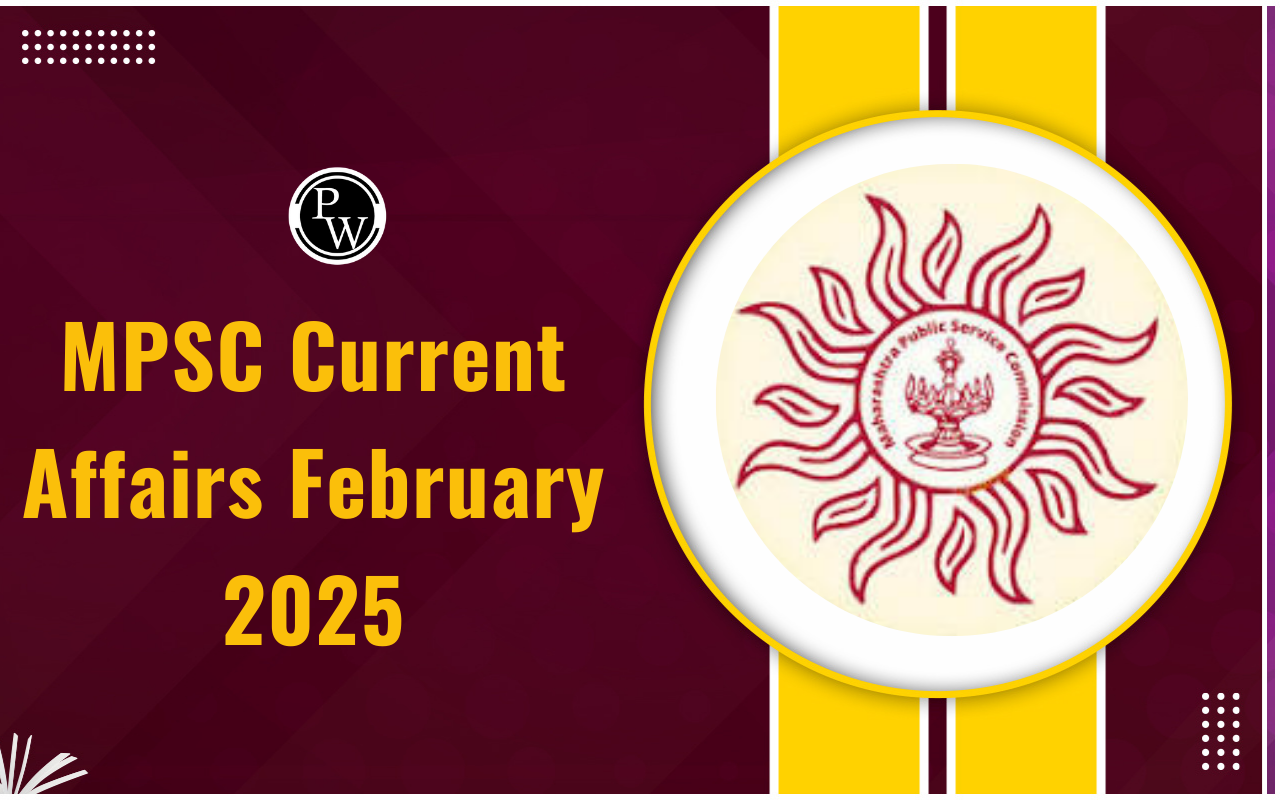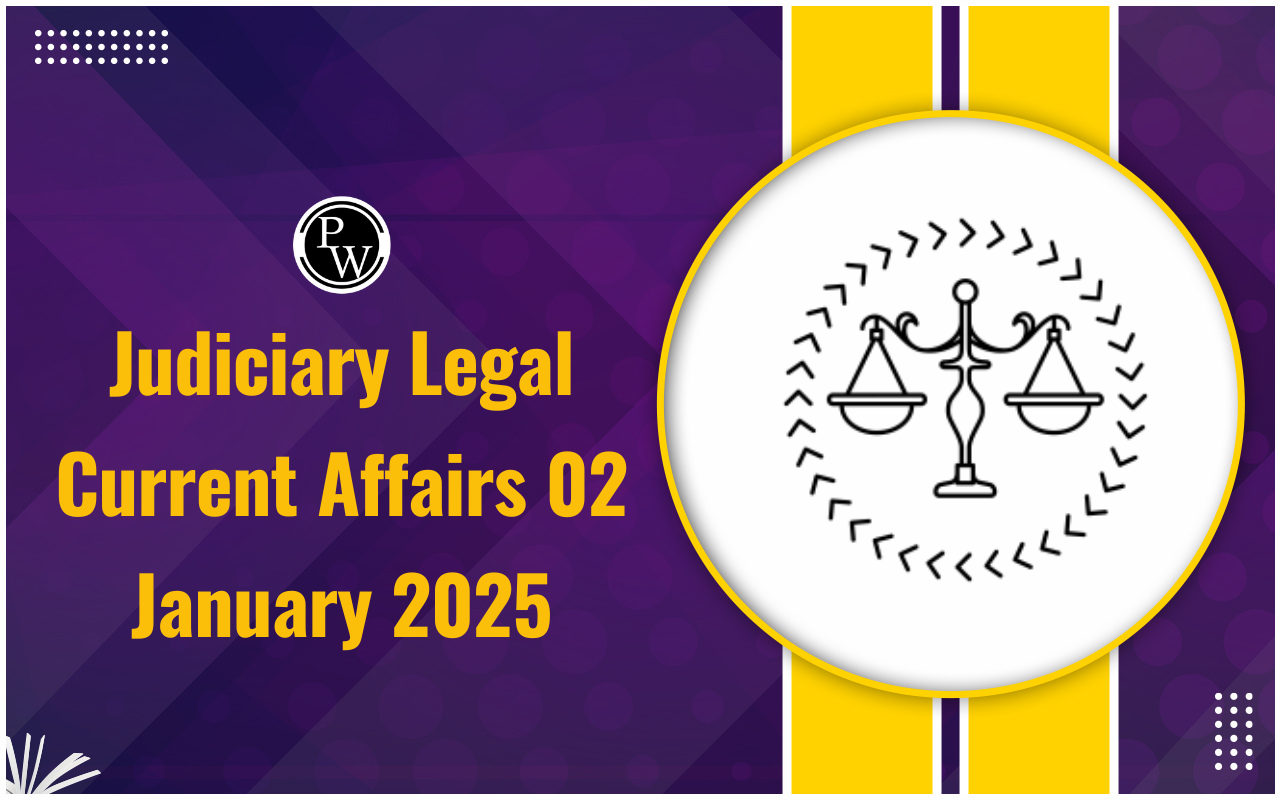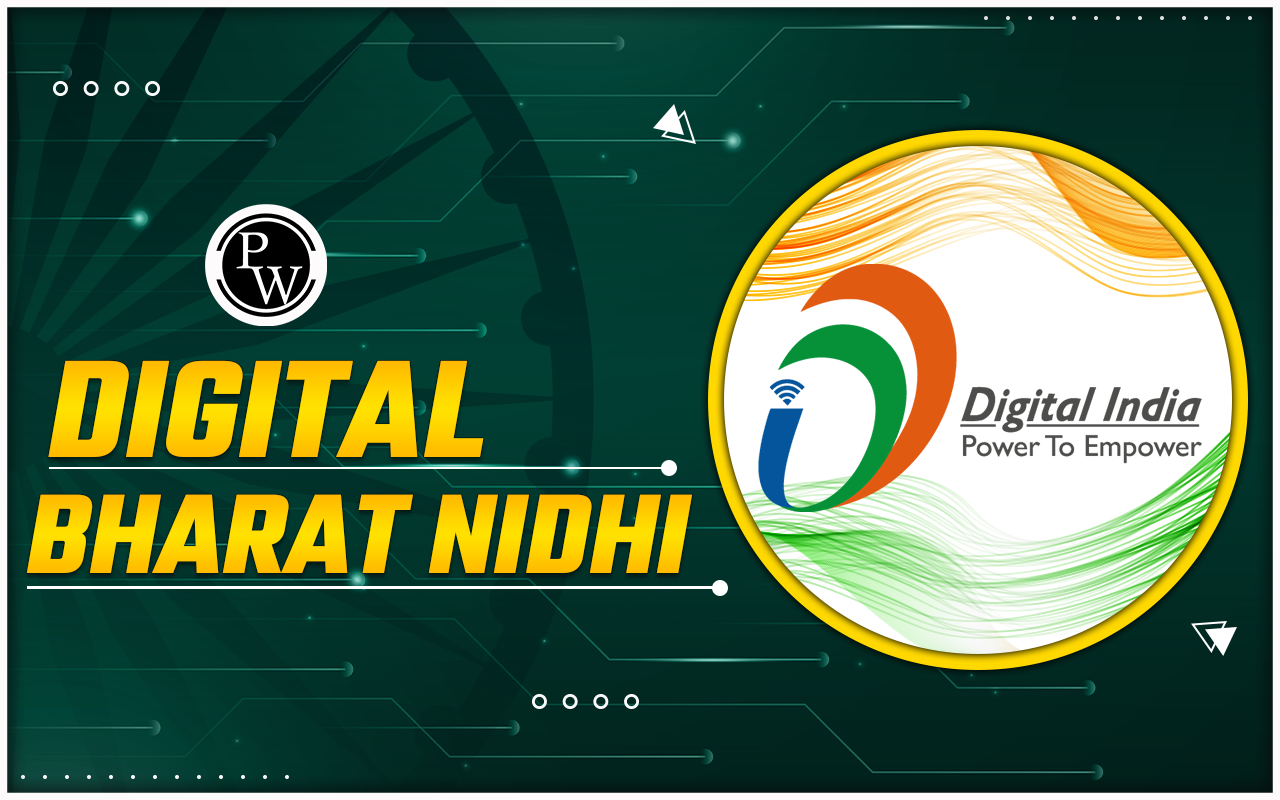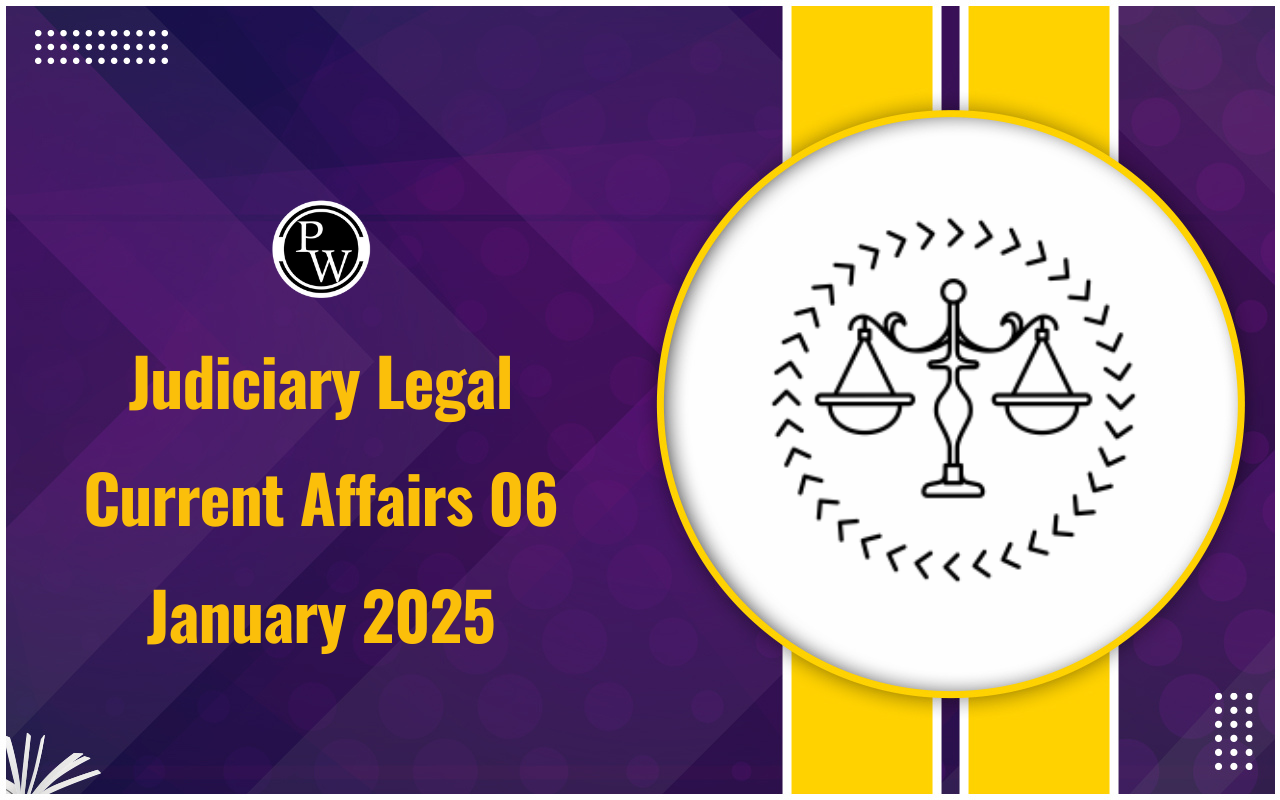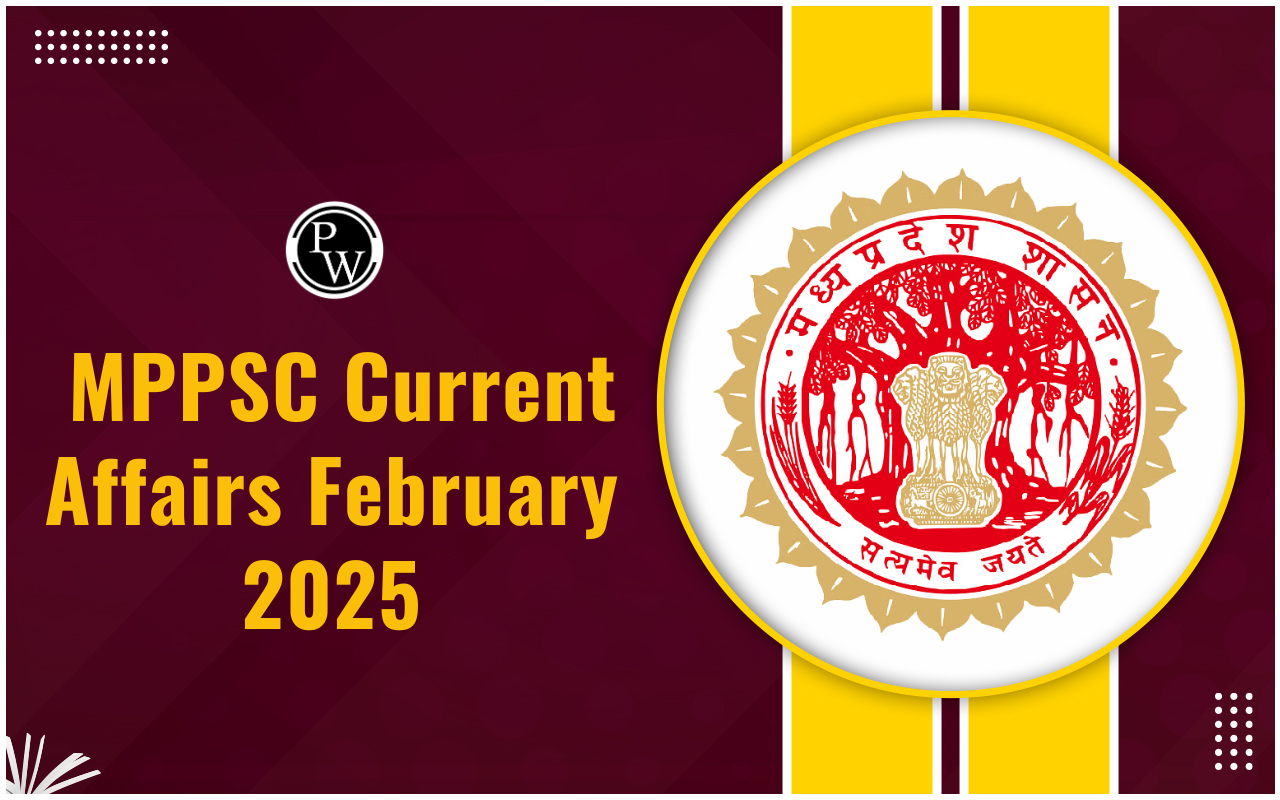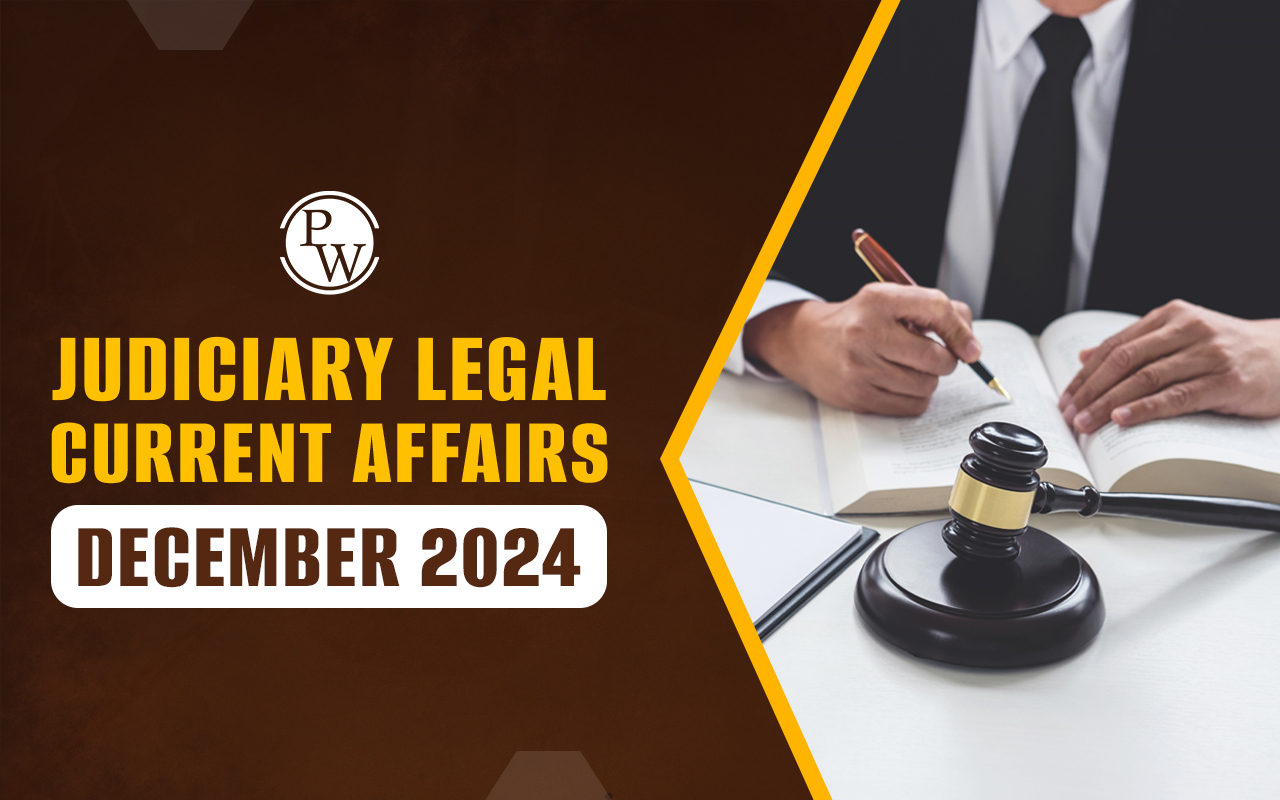
Anglo Maratha Wars: The Anglo-Maratha Wars were a series of three conflicts fought between the Maratha Confederacy in India and the British East India Company. These wars, spanning from 1775 to 1819, saw the Maratha Hindu princes often divided, which the British exploited through a mix of diplomacy and military action. This strategy ultimately led to the defeat of the Marathas and the dissolution of their confederacy. Here are the three Anglo-Maratha Wars, First Anglo-Maratha War (1775-1782), Second Anglo-Maratha War (1803-1805), Third Anglo-Maratha War (1817-1819)
Expansion of the East India Company in India
Founded in 1600, the East India Company (EIC) thrived by the mid-18th century, using its trade monopoly in India to generate immense wealth for its shareholders. Acting as the colonial representative of the British government, the EIC maintained its interests through a private army and British regular troops. By the 1750s, the Company aimed to expand its trade network and establish greater territorial control in India.The Struggle for Control in Southern India
Four major powers vied for dominance in southern India, creating a complex power struggle. Robert Clive's famous victory at the Battle of Plassey in June 1757 against Bengal's Nawab Siraj ud-Daulah marked a significant EIC triumph. The Nawab was replaced with a puppet ruler, Bengal's vast treasury was seized, and the exploitation of its resources and people began. Another critical win for the EIC came in October 1764 at the Battle of Buxar against Mughal Emperor Shah Alam II. This victory granted the Company the right to collect land revenue (dewani) in Bengal, Bihar, and Orissa, providing substantial resources to support its expansion and military efforts. However, the EIC's growth led to conflicts with new powers, particularly the southern state of Mysore and the Maratha Confederacy. The Nizam of Hyderabad, though the largest princely state, was less effective militarily. The competition for territorial control among these four powers resulted in multiple wars and shifting alliances. The EIC emerged victorious but only after fighting four Anglo-Mysore Wars (1767-1799) and three Anglo-Maratha Wars. By the end of these conflicts, the EIC had solidified its dominance in India, paving the way for further British colonial rule.The Maratha Confederacy
The Maratha Confederacy, a loose alliance of independent Hindu princes, derived its name from the Maharashtra region, known for its "rocky hills and jungle-covered valleys on the western side of the Deccan" (Heathcote, 13). The confederacy emerged in the 17th century, with Shivaji (r. 1674-1680) as its first great ruler, taking the royal title Chatrapati. Shivaji's grandson, Shahu (r. 1708-1748), established the position of Peshwa, the supreme leader of the confederacy, which became hereditary. The Peshwa's base was in Poona (Pune), but the various Maratha states remained largely autonomous.Expansion and Military Prowess
Throughout the 18th century, the Maratha Confederacy challenged and conquered territories of the Mughal Empire in southern and western India. When united, the Marathas were a formidable military force, potentially the strongest in the region. They expanded their control over a vast area, reaching central India, Orissa in the east, and Delhi in the north. This expansion brought them into conflict with neighboring powers like Mysore and the British East India Company (EIC).Internal Struggles and External Threats
A significant issue for the Marathas was their frequent inability to work collaboratively against common enemies. Despite their potential for unity, internal rivalries often led to conflicts among the ruling Maratha families. These feuds weakened their collective strength, making them vulnerable to external threats. A notable instance was their defeat by Afghan ruler Ahmad Shah Abdali at the Battle of Panipat on January 13, 1761, which significantly weakened the confederacy.Structure and Governance
After Panipat, the confederacy consisted of the Peshwa of Poona and the hereditary rulers of Gwalior, Indore, Berar, and Baroda. Despite being a formidable power, the Marathas' frequent raiding of non-Maratha territories and their policy of extracting a one-quarter tax on revenue (chauth) made them unpopular with their neighbors. Their inability to unify the Hindu Rajput chiefs and their military defeats prevented them from replacing the declining Mughal Empire as the dominant power in India.Legacy and Influence
The Marathas played a crucial role in the power dynamics of 18th-century India. Their actions influenced the strategies of rival powers, including the EIC, Mysore, and the Afghan rulers. Despite their internal divisions and external challenges, the Marathas remained a significant force, both aiding and hindering the various entities vying for control of India.Maratha Warfare
The Marathas were skilled warriors, excelling in the use of light cavalry and artillery for rapid offensive maneuvers. When on the defensive, they effectively utilized hill forts to their advantage. Despite initially having inferior training and artillery compared to the British East India Company (EIC) and Mysore, the Marathas improved significantly over time. Training from European mercenaries, particularly French and British, helped them stay updated with the latest military advancements.Evolution and Adaptation
The Marathas became so proficient with artillery that it became a significant challenge for the EIC during battles. Their ability to adapt and enhance their military techniques allowed them to pose substantial resistance. Additionally, the Maratha armies were unique in their inclusion of women fighters. These women participated actively in combat, wielding matchlocks, swords, and even serving as cavalry riders.Tactical Expertise
The Marathas' expertise in light cavalry and artillery, coupled with their strategic use of hill forts, made them formidable opponents. Their ability to quickly mobilize and adapt to changing battlefield conditions demonstrated their tactical prowess. This combination of rapid offensive capabilities and strong defensive strategies ensured they remained a significant force in the region.Legacy of Maratha Warfare
Maratha warfare was characterized by its flexibility and adaptability. Their continuous improvement in training and artillery usage, influenced by European techniques, showcased their commitment to evolving militarily. The participation of women in combat roles added a unique dimension to their armies, highlighting their inclusive and versatile approach to warfare.First Anglo-Maratha War (1775-1782)
The First Anglo-Maratha War (1775-1782) unfolded in a turbulent era marked by the East India Company's (EIC) ongoing conflicts and strategic maneuvers in India. Prior to this war, the EIC was entangled in the First Mysore War (1767-1769) against Haidar Ali, who had seized the Kingdom of Mysore in 1761. Haidar Ali, commanding 50,000 well-trained troops, including camel cavalry equipped with rockets, proved to be a formidable opponent. To prevent the Marathas from joining the fray, he paid them off with a large quantity of silver. The inconclusive First Mysore War ended with a treaty that included a mutual protection clause against the Marathas.Rising Tensions and Initial Conflict
In 1774, Warren Hastings became the Governor-General of the EIC. By 1778, after years of skirmishes, the EIC directly attacked the Maratha Confederacy but suffered a significant defeat at the Battle of Wadgaon near Poona in January 1779. The Marathas, having cut off the EIC army's supply lines and nearly surrounding the British forces, forced them to retreat and abandon their heavy cannons.The War's Progress and Outcome
Over the next three years, a series of battles ensued, with victories alternating between the EIC and the Marathas. The First Anglo-Maratha War concluded with the Treaty of Salbai in May 1782, an inconclusive agreement that temporarily brought peace between the two sides. This treaty was a missed opportunity for the Marathas, who might have defeated the EIC had they continued the war. At that time, the EIC was burdened with debts and dealing with other conflicts.Aftermath and Strategic Implications
The Treaty of Salbai allowed the EIC to recover and focus on other expansion efforts, particularly the Second Anglo-Mysore War (1780-1784). The Marathas' decision to settle for peace ultimately provided the EIC with a crucial respite, enabling them to strengthen their position in India.Second Anglo-Maratha War (1803-1805)
In the decade leading up to the Second Anglo-Maratha War, the East India Company (EIC) focused on subduing the Kingdom of Mysore in two significant wars (1790-92 and 1799). During these conflicts, the Marathas even contributed 12,000 light cavalry to support the EIC. With the defeat and death of Mysore's ruler, Tipu Sultan, in 1799, the EIC installed a puppet ruler and turned its attention back to the Marathas.Prelude to War
The EIC's strategy of combining diplomacy, intrigue, and military might led to the 1802 Treaty of Bassein. This treaty made Peshwa Baji Rao II a subsidiary ally of the EIC, granting him a pension and restoring him to power after rival Marathas had ousted him from his capital. By 1805, Gwalior and Indore's rulers had also signed subsidiary alliances. However, the terms of these alliances, which included allowing an EIC resident at their courts and paying for the garrisoning of EIC troops, prompted Daulat Rao Sindhia and Raghuji Bhonsle II to fight for their independence, sparking the Second Anglo-Maratha War.Battle of Assaye
On September 23, 1803, General Sir Arthur Wellesley (the future Duke of Wellington) led the EIC to victory at the Battle of Assaye against Daulat Rao Sindhia's forces. Wellesley strategically built up supplies and bribed mercenary officers in the Maratha army not to fight. This subterfuge led the Marathas to dismiss all European officers, leaving their army without a command structure. Although the Maratha artillery inflicted significant damage, the EIC ultimately triumphed. The cost was high, with about one-third of the EIC's army killed or wounded, and 6,000 Maratha soldiers killed. Wellesley later declared Assaye his greatest military challenge, even more so than his victory over Napoleon at Waterloo.Battle of Laswari
On November 1, 1803, the EIC, under General Gerard Lake, won another decisive victory at the Battle of Laswari with a force of 10,000 men. This battle further weakened the Marathas, despite the heavy toll on EIC troops, with around 838 killed or wounded. Following this victory, the EIC took control of Delhi and its surrounding territories.Decline of the Maratha Confederacy
Despite some minor successes, such as the defense of Bhurtpore in early 1805, the Maratha Confederacy was severely weakened by losses in central and northern India. The Hindu princes were largely forced to comply with EIC policies and tolerate permanent EIC residents backed by sepoys (EIC Indian troops).Third Anglo-Maratha War (1817-1819)
Between 1814 and 1816, the East India Company (EIC) secured a victory in the Anglo-Nepalese War. By 1817, the EIC turned its attention back to the Marathas in central India. Tensions had escalated due to the EIC's increasing political interference and the looting by Pindaris, raiders supposedly under Maratha control. With the largest army in Asia, mobilizing 113,000 men, the EIC declared war on the Maratha Confederacy, sealing its fate.Key Battles and Decisive Victories
- Battle of Kirki (5 November 1817): The EIC defeated Baji Rao II, marking the beginning of the end for the Maratha Confederacy.
- Battle of Koregaon (1 January 1818): Another defeat for Baji Rao II, further weakening Maratha resistance.
- Battles of Sitabaldi (27 November and 16 December 1817): The Raja of Nagpur faced defeats at both these engagements.
- Battle of Mahidpur (20 December 1817): Malhar Rao Holkar III was defeated, showcasing the EIC's superior numbers, training, and discipline.
The Fall of the Maratha Confederacy
The series of EIC victories led to the dissolution of the Maratha Confederacy. The EIC gained control over Gujarat, Maharashtra, Rajasthan, and Berar. Baji Rao II, the last Peshwa, was granted a pension until 1853. The Maratha princes had to accept subsidiary alliances, leaving them control over only minor domestic affairs. With this, the EIC emerged as the sole great power in India.Legacy and Rebellion
The Marathas' resentment towards the EIC persisted, culminating in the Sepoy Mutiny (1857-1858). This uprising against British colonial rule was ultimately unsuccessful, leading to the British government taking over EIC territories and establishing the British Raj.Anglo Maratha Wars FAQs
What were the Anglo-Maratha Wars?
The Anglo-Maratha Wars were three conflicts fought between the Maratha Confederacy and the British East India Company (EIC) from 1775 to 1819. These wars led to the defeat of the Marathas and the dissolution of their confederacy.
When did the Anglo-Maratha Wars take place?
The First Anglo-Maratha War: 1775-1782
The Second Anglo-Maratha War: 1803-1805
The Third Anglo-Maratha War: 1817-1819
What was the East India Company (EIC)?
Founded in 1600, the East India Company was a British trading company that became very powerful in India. By the mid-18th century, it had a private army and acted as the colonial representative of the British government, expanding its control over Indian territories.
How did the EIC expand its control in India?
The EIC used a combination of trade, military force, and diplomacy to expand its control. Key victories, like the Battle of Plassey in 1757 and the Battle of Buxar in 1764, allowed the EIC to gain significant territories and resources in India.
Who were the Marathas?
The Marathas were a confederacy of Hindu princes from the Maharashtra region. They formed a powerful military force in the 17th and 18th centuries, challenging the Mughal Empire and other powers in India.
🔥 Trending Blogs
Talk to a counsellorHave doubts? Our support team will be happy to assist you!

Check out these Related Articles
Free Learning Resources
PW Books
Notes (Class 10-12)
PW Study Materials
Notes (Class 6-9)
Ncert Solutions
Govt Exams
Class 6th to 12th Online Courses
Govt Job Exams Courses
UPSC Coaching
Defence Exam Coaching
Gate Exam Coaching
Other Exams
Know about Physics Wallah
Physics Wallah is an Indian edtech platform that provides accessible & comprehensive learning experiences to students from Class 6th to postgraduate level. We also provide extensive NCERT solutions, sample paper, NEET, JEE Mains, BITSAT previous year papers & more such resources to students. Physics Wallah also caters to over 3.5 million registered students and over 78 lakh+ Youtube subscribers with 4.8 rating on its app.
We Stand Out because
We provide students with intensive courses with India’s qualified & experienced faculties & mentors. PW strives to make the learning experience comprehensive and accessible for students of all sections of society. We believe in empowering every single student who couldn't dream of a good career in engineering and medical field earlier.
Our Key Focus Areas
Physics Wallah's main focus is to make the learning experience as economical as possible for all students. With our affordable courses like Lakshya, Udaan and Arjuna and many others, we have been able to provide a platform for lakhs of aspirants. From providing Chemistry, Maths, Physics formula to giving e-books of eminent authors like RD Sharma, RS Aggarwal and Lakhmir Singh, PW focuses on every single student's need for preparation.
What Makes Us Different
Physics Wallah strives to develop a comprehensive pedagogical structure for students, where they get a state-of-the-art learning experience with study material and resources. Apart from catering students preparing for JEE Mains and NEET, PW also provides study material for each state board like Uttar Pradesh, Bihar, and others
Copyright © 2025 Physicswallah Limited All rights reserved.
Get App
